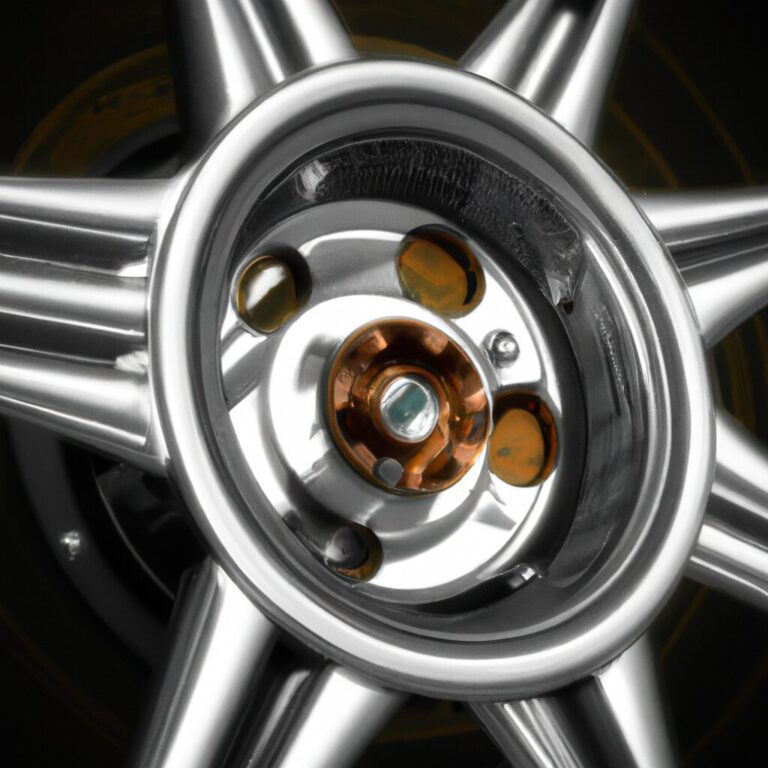How to Drive Rear Wheel Drive
To drive a rear-wheel drive vehicle, apply smooth acceleration to avoid loss of traction when starting or turning. Driving a rear-wheel drive vehicle requires a nuanced approach to handling to ensure optimal performance and safety on the road.
By understanding the unique dynamics involved in powering the rear wheels, drivers can confidently navigate various road conditions. In this guide, we will explore the key techniques and tips for driving a rear-wheel drive vehicle with precision and control. Whether you’re a new driver or looking to improve your driving skills, mastering the art of driving a rear-wheel drive vehicle will enhance your driving experience and boost your confidence behind the wheel.
Let’s dive in and discover how to drive a rear-wheel drive vehicle like a pro.

Credit: en.wikipedia.org
Techniques For Driving Rear Wheel Drive
Rear wheel drive vehicles are known for their handling, power, and ability to navigate through challenging driving conditions. To be proficient at driving a rear-wheel-drive vehicle, it’s essential to understand various techniques that optimize control and performance. Whether it’s maintaining proper weight distribution, applying smooth throttle control, or countersteering to control oversteer, mastering these techniques is crucial for a safe and enjoyable driving experience.
Maintaining Proper Weight Distribution
Maintaining proper weight distribution in a rear-wheel-drive vehicle is integral to optimizing its handling and traction. When accelerating or decelerating, the weight shifts from the front to the rear or vice versa, affecting the traction. To counter this, ensure an even weight distribution by adjusting the vehicle’s balance through proper alignment and suspension setup. This will enhance stability and make handling more predictable, especially when cornering.
Applying Smooth Throttle Control
Applying smooth throttle control is crucial for managing the power delivery in a rear-wheel-drive vehicle. Excessive throttle input can lead to loss of traction and potential oversteer, especially in slippery conditions. Precision and finesse are key, gradually and smoothly applying throttle to avoid sudden shifts in weight transfer. This helps maintain traction and stability, ensuring a more controlled and safe driving experience.
Countersteering To Control Oversteer
Countersteering, essential for controlling oversteer in rear wheel drive vehicles, involves turning the steering wheel in the opposite direction of the skid. When the rear tires lose traction during a turn, leading to oversteer, countersteering helps regain control. By quickly turning the wheel in the direction of the skid, the vehicle can be steered back on track, mitigating the oversteer and preventing potential loss of control. Practicing this technique is vital for mastering the art of driving a rear-wheel-drive vehicle.

Credit: blog.ecstuning.com

Credit: www.cars.com
Frequently Asked Questions For How To Drive Rear Wheel Drive
Is It Harder To Drive A Rear Wheel Drive Car?
No, it is not necessarily harder to drive a rear wheel drive car. Practice helps master it.
How Do You Drive With Rwd?
To drive with RWD, balance throttle and steering for better control, especially in wet or slippery conditions. Practice proper braking technique to prevent skidding and fishtailing. Be mindful of weight distribution and avoid sudden maneuvers to maintain stability. Regular maintenance of tires and suspension is crucial for safe RWD driving.
What Should You Not Do In A Rwd Car?
Avoid sudden acceleration or braking to prevent loss of traction in a rear-wheel-drive (RWD) car. Also, refrain from aggressive steering or drifting to maintain control and stability, and beware of wet or slippery roads. Lastly, be cautious when driving uphill to prevent wheel spin.
Does Driving A Rwd Feel Different?
Driving a rear-wheel-drive (RWD) vehicle feels different because the power is sent to the rear wheels. This provides better acceleration and handling, especially in performance cars. RWD offers a more balanced feel while steering, and it can be exciting and fun to drive.
How Do You Drive A Rear-wheel Drive Vehicle?
To drive a rear-wheel drive vehicle, you need to be mindful of weight distribution and avoid sudden movements to maintain control.
What Are The Advantages Of Rear-wheel Drive?
Rear-wheel drive offers better handling, improved acceleration, and increased towing capacity compared to front-wheel drive vehicles.
Can You Drive A Rear-wheel Drive Vehicle In The Snow?
Driving a rear-wheel drive vehicle in the snow can be challenging, but with proper winter tires and cautious driving techniques, it is possible.
Conclusion
Mastering the art of driving a rear-wheel drive vehicle can be a rewarding experience. By understanding the principles of weight transfer, throttle control, and steering technique, you can navigate various road conditions with confidence. With practice and patience, you can become a skilled and proficient rear-wheel drive driver, enjoying the precise handling and responsiveness that this driving style offers.
Keep honing your skills, and remember to always drive safely!



